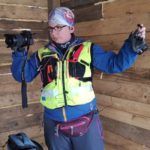Voices from the field
Olga Titova
Preserving the unique wooden architecture of Fennoscandia
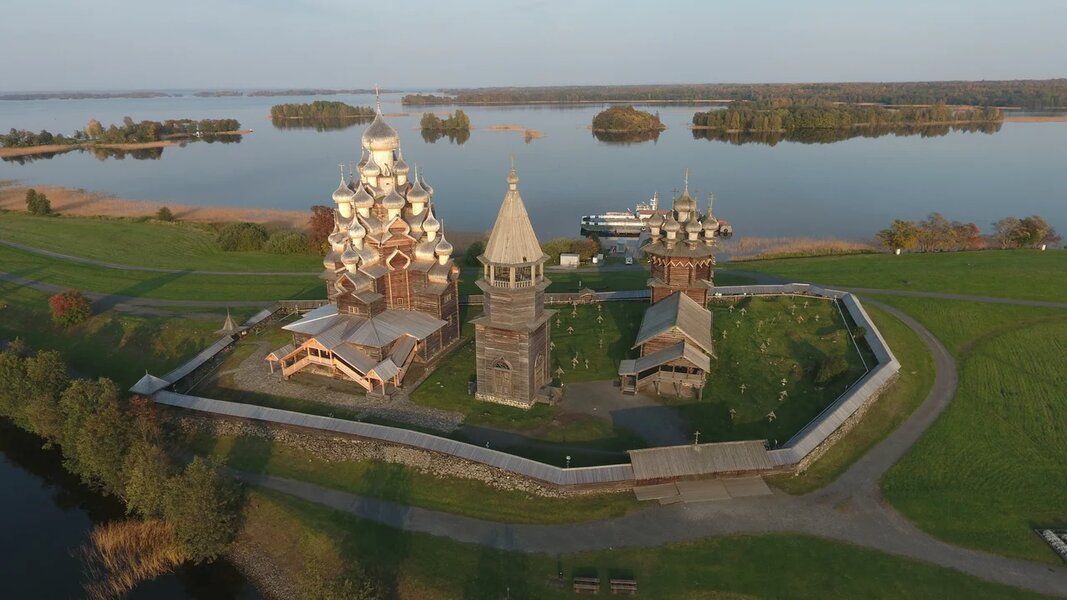
The Kizhi island, located on Lake Onega in Russian Karelia, is famous for its unique historical site included into the UNESCO World Heritage list – the Kizhi Pogost. It consists of two large wooden churches – the Transfiguration Church and the Intercession Church – and a bell-tower. The pogost amazes with its beauty and longevity though being built exclusively of wood by peasant carpenters. Wooden architecture represents the cultural identity not only for the Republic of Karelia but the whole Fennoscandia, including Norway, Sweden, Finland, Murmansk and Archangelsk regions. At the same time, this cultural heritage is very vulnerable and needs particular care in its conservation and protection. Olga Titova, Head of the ARCHITECTURE project, co-funded by the Karelia CBC programme, explains why cross-border cooperation is important in preserving this unique architectural legacy.
Wooden architecture, how important is it for the cultural heritage of Fennoscandia? Why does it need preservation?
Each country of Fennoscandia has surely its own architectural features, however, all these countries are characterized by the presence of traditional wooden buildings. In Finland and Russia entire settlements and villages used to be built in wood. Nowadays, such legacy is being carefully preserved, in some cases even at the level of World Heritage sites. For example, in Finland, the historical town Old Rauma is a UNESCO World Heritage site. In Russia, there is a unique wooden architectural ensemble – the Kizhi Pogost. It is managed by the Kizhi State Open Air Museum of History, Architecture and Ethnography, the lead beneficiary of the project. There is a special historical and architectural environment preserved around the Kizhi pogost. It makes integral part of the UNESCO World Heritage Site and was included in its buffer zone. This buffer zone accounts for dozens historical wooden settlements. Once it was a very prosperous area, quite densely populated. Up to now only 35 historical settlements have survived; and they need a special support.
What is the main aim of your project?
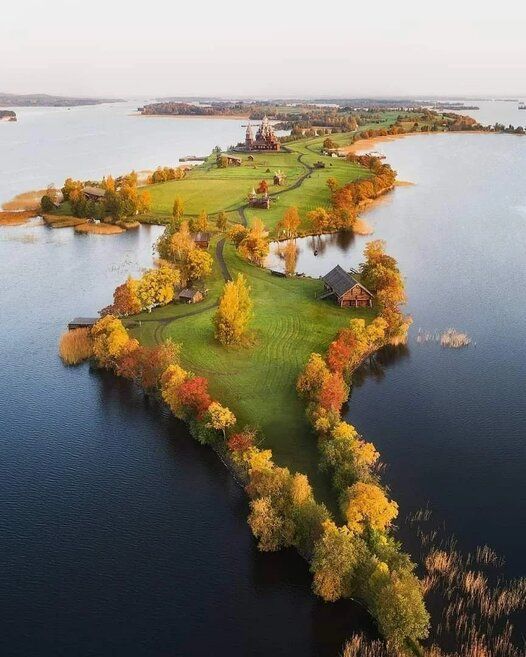
We want to create conditions for preservation and conservation of our historical wooden settlements, and at the same time we aim at maintaining the specific architectural environment in the neighbourhood. When a settlement is growing, new buildings appear. How these new constructions should look like? How to plan the expansion as not to lose the spirit and the authenticity of the village? At the same time, such places should be modern and comfortable to live in. Therefore, the experience of Finland and other Fennoscandian countries is particularly important to us. In the frame of the project, we plan to visit Finland and study their experience in preservation and development of historical settlements not as an open-air museum but as dynamic settlements that grow and develop. The creation of the right architectural context for the historical settlements is at the centre of our attention.
How are you going to do that?
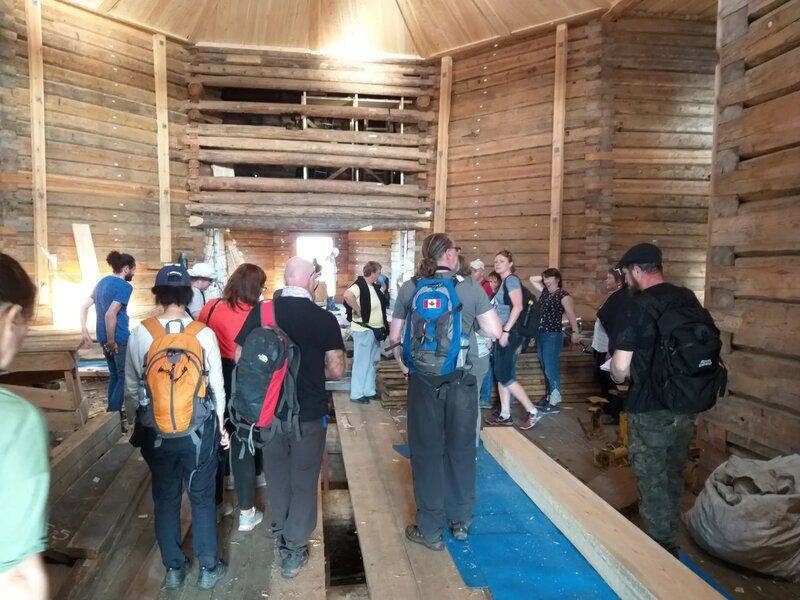 First and foremost, we need to preserve wood building techniques, which implies preparing specialists – the restorers. Our primary target group are students and professors of the specialized educational institutions. We have developed educational programmes for wooden architecture conservation. For this purpose we have studied and used the experience of our project partners – Petrozavodsk State University and Oulu Vocational College. The museum has already accumulated a solid experience in training of restorers. Since 2014 our training centre has hosted over 400 people from Russia and other countries. We organise International ICCROM[1] courses – the first in Russia – on conservation of wooden architecture. And in 2020 in the premises of our museum, the Ministry of Culture of the Russian Federation created the Russian National Centre for Wooden Architecture Preservation.
First and foremost, we need to preserve wood building techniques, which implies preparing specialists – the restorers. Our primary target group are students and professors of the specialized educational institutions. We have developed educational programmes for wooden architecture conservation. For this purpose we have studied and used the experience of our project partners – Petrozavodsk State University and Oulu Vocational College. The museum has already accumulated a solid experience in training of restorers. Since 2014 our training centre has hosted over 400 people from Russia and other countries. We organise International ICCROM[1] courses – the first in Russia – on conservation of wooden architecture. And in 2020 in the premises of our museum, the Ministry of Culture of the Russian Federation created the Russian National Centre for Wooden Architecture Preservation.
The museum’s educational programmes have a distinguishing feature: our professors are not merely theoreticians but true practitioners, engineer-restorers, carpenter-restorers, etc. Another characteristic is the location. Activities run on the Kizhi island itself, among the monuments of wooden architecture – the best tutorials ever. Our students can “read” these monuments together with the experts – to know the traces of reconstruction, the tools used, etc. They can also develop solutions on how to better preserve these monuments and study the running restoration projects.
Are young people interested in that?
In our educational courses we have trained over 50 students both from Petrozavodsk University and Oulu college and all of them were very enthusiastic! They had a chance to get acquainted with the process of restoring of the Transfiguration Church, a world masterpiece of wooden architecture: its restored interior includes a magnificent iconostasis. The students could see the final stages of the restoration. They also had a chance to practice carpentry techniques, to work with the tools – such as a drawknife, an axe – and to complete some small elements.
What about laser scanning?
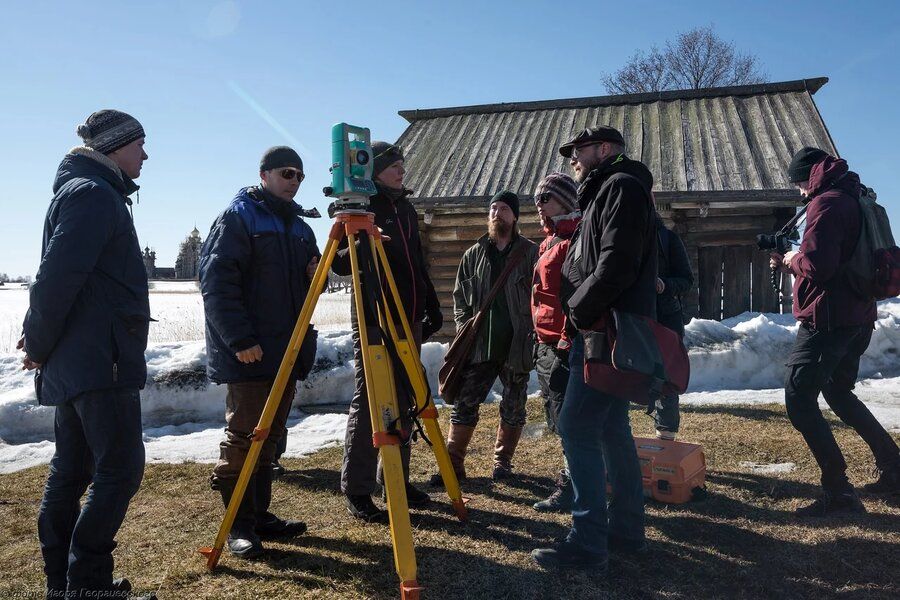 Part of our educational programmes included the study of the historical village Kurgenitsy. The students learned how to explore the village, to pinpoint its state and to measure it using laser scanning. This village has been fully scanned, and now its 3D model is underway, with the reconstruction of the lost buildings – a chapel, and a wayside cross. We hope that this village will attract development projects in the future, including the reconstruction of the lost buildings.
Part of our educational programmes included the study of the historical village Kurgenitsy. The students learned how to explore the village, to pinpoint its state and to measure it using laser scanning. This village has been fully scanned, and now its 3D model is underway, with the reconstruction of the lost buildings – a chapel, and a wayside cross. We hope that this village will attract development projects in the future, including the reconstruction of the lost buildings.
How did you manage to reconstruct the lost buildings?
We found the information about the lost religious buildings in the National Archive of Finland (Helsinki). As part of the project, our colleagues studied the materials of the Finnish professor Lars Pettersson. During World War II he had thoroughly researched wooden churches and chapels in Zaonezhie (the Republic of Karelia). His materials include a lot of schemes, photos, pictures, and descriptions of our territories, which is priceless for us now. I have mentioned the village Kurgenitsy with the lost chapel and the wayside cross. They were thoroughly described in the archived documents, so we have used these data for the reconstruction of the villages. However, a more important result of this work is the creation of a book “Churches and Chapels of Zaonezhie” which will be published soon.
The preservation of wooden houses and villages depends a lot on the people who live there. How do you involve local population?
It is important not only to engage and to teach local people to preserve their own historical buildings, but also to explain to them the uniqueness of their villages. Our museum has started working with the local communities long before the project, therefore people are quite responsive to our activities. First, we have studied the conditions of the villages, then with the contributions from local citizens and volunteers, we have carried out conservation works for John the Baptist Church in Lelikovo village. We worked with the upper tier, putting the cross and conserving the tent-roof of the church. Conservation helps a historical building stand until a thorough restoration.
You have mentioned volunteers. What is their role in your project?
 We are trying to draw the attention of volunteers to wooden architecture. And to teach them to work correctly with historical wooden buildings as not to damage their authenticity. We have established cooperation with the project “Common Cause: Revival of Wooden Churches in the Russian North” which unites volunteers from all over Russia. When they came to give a hand in the conservation of John the Baptist Church, our expert joined the group to consult and guide them throughout the process.
We are trying to draw the attention of volunteers to wooden architecture. And to teach them to work correctly with historical wooden buildings as not to damage their authenticity. We have established cooperation with the project “Common Cause: Revival of Wooden Churches in the Russian North” which unites volunteers from all over Russia. When they came to give a hand in the conservation of John the Baptist Church, our expert joined the group to consult and guide them throughout the process.
Besides the conservation of wooden buildings, what other benefits is the project bringing to the local communities?
The ARCHITECTURE project is bringing more than just an investment: it brings confidence to the small historical communities to take right decisions and shape their own future. We have carried out a comprehensive research partially in summer of 2019 and partially of 2020. We have gone through all the 35 villages with a detailed questionnaire to study the problems of the local communities through the eyes of their residents. We asked them about the history of their villages, houses, families. We asked which opportunities for life and development they see, what they would like to do, and which are the obstacles. As a result, we have discovered that the local inhabitants have a lot of ideas and a strong eagerness to learn. Even if it was not planned at the beginning, we have asked the Karelia programme to consent a training for local citizens on project development and funding opportunities. Based on the gathered material we shall also suggest recommendations for the growth of some villages. Not only the World Heritage site – the Kizhi Pogost – is worth visiting: its entire neighbourhood is lavish in beautiful villages and churches. This unique cultural heritage encompasses immense potential for tourism development.
[1] International Centre for the Study of the Preservation and Restoration of Cultural Property











